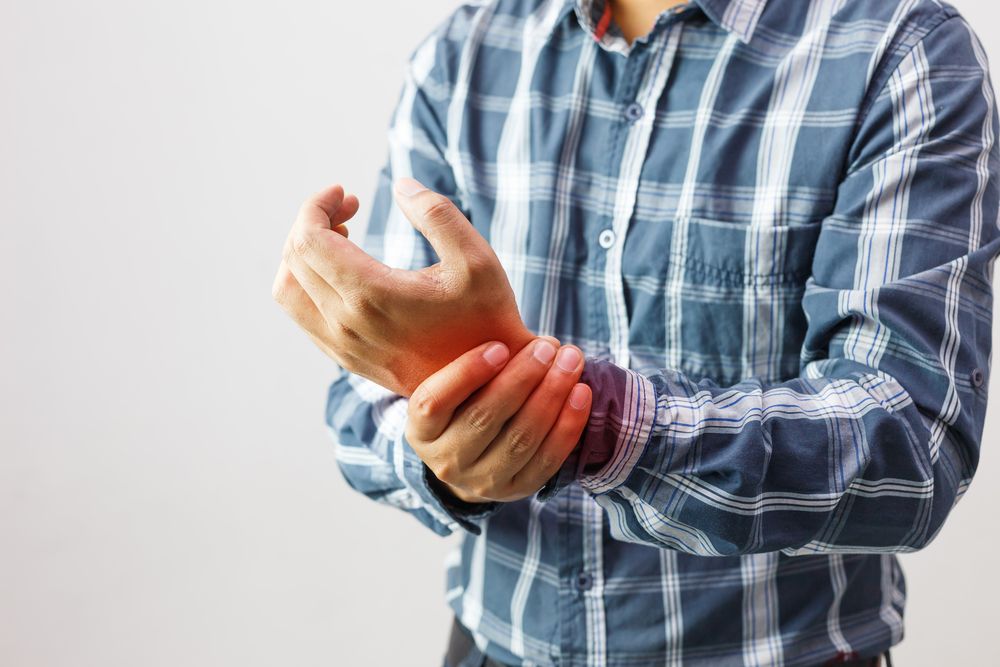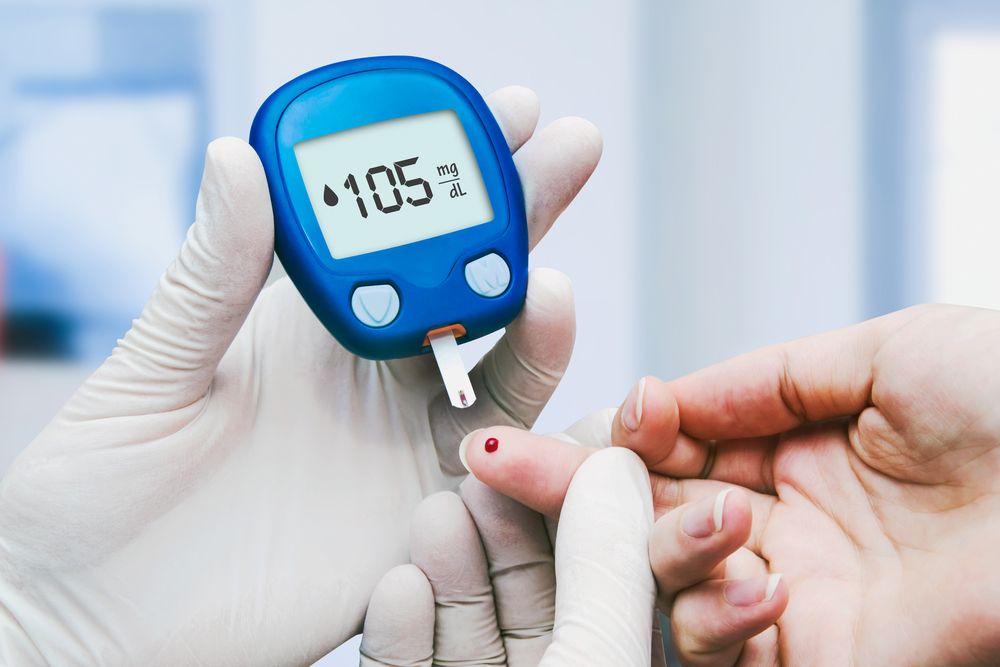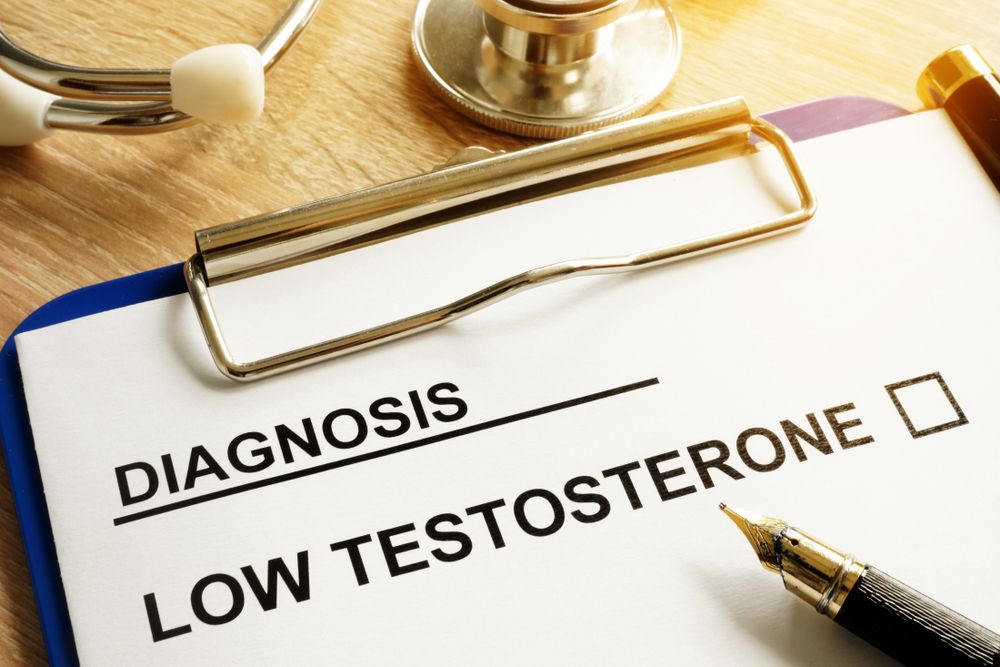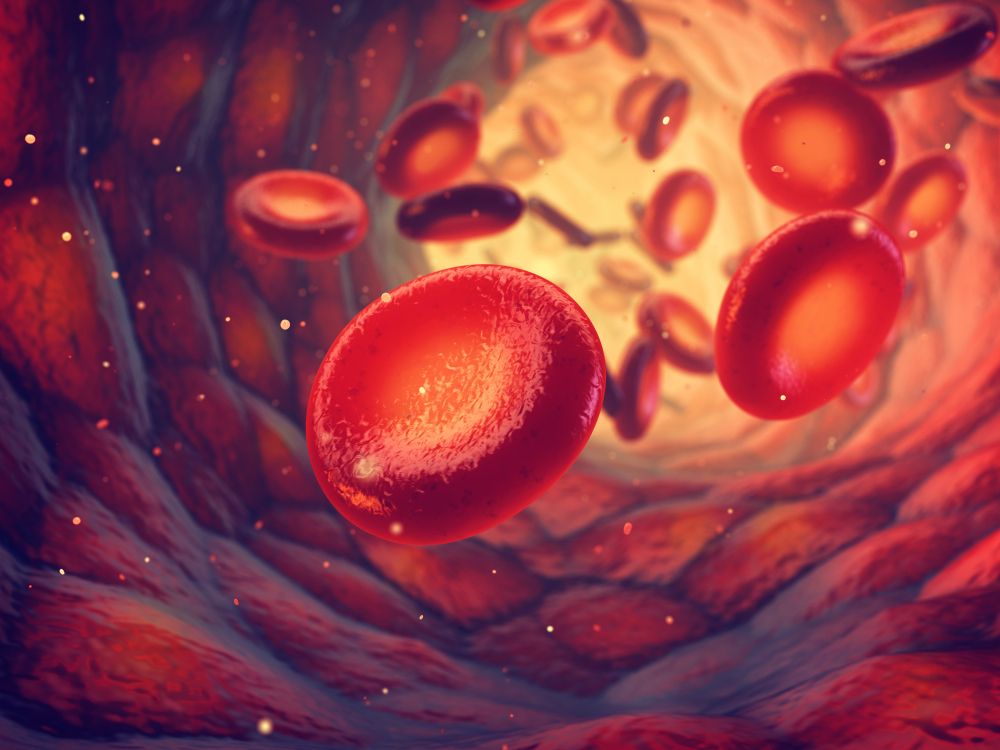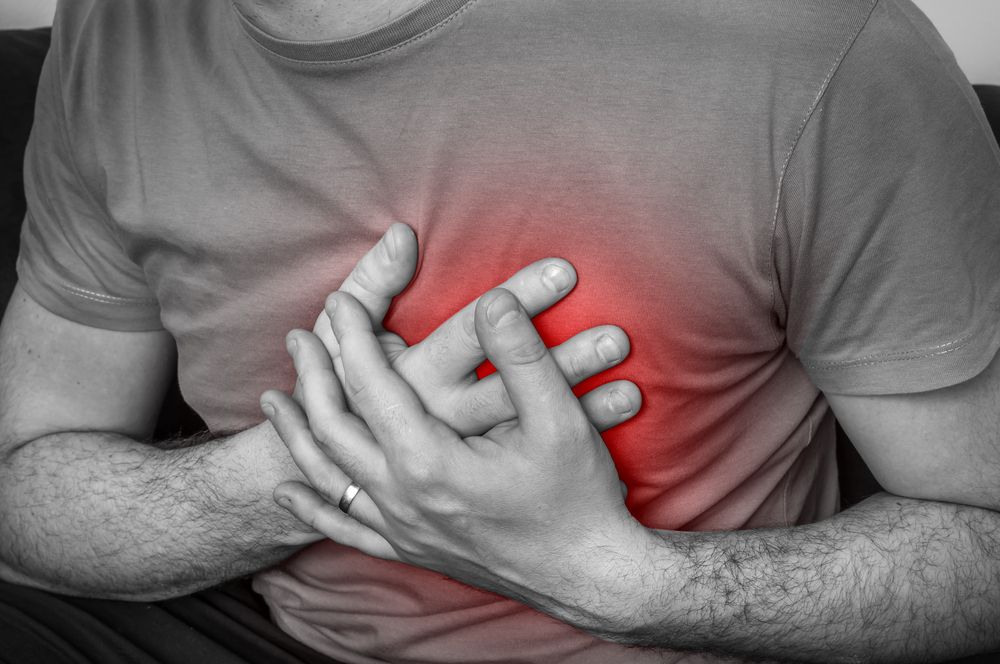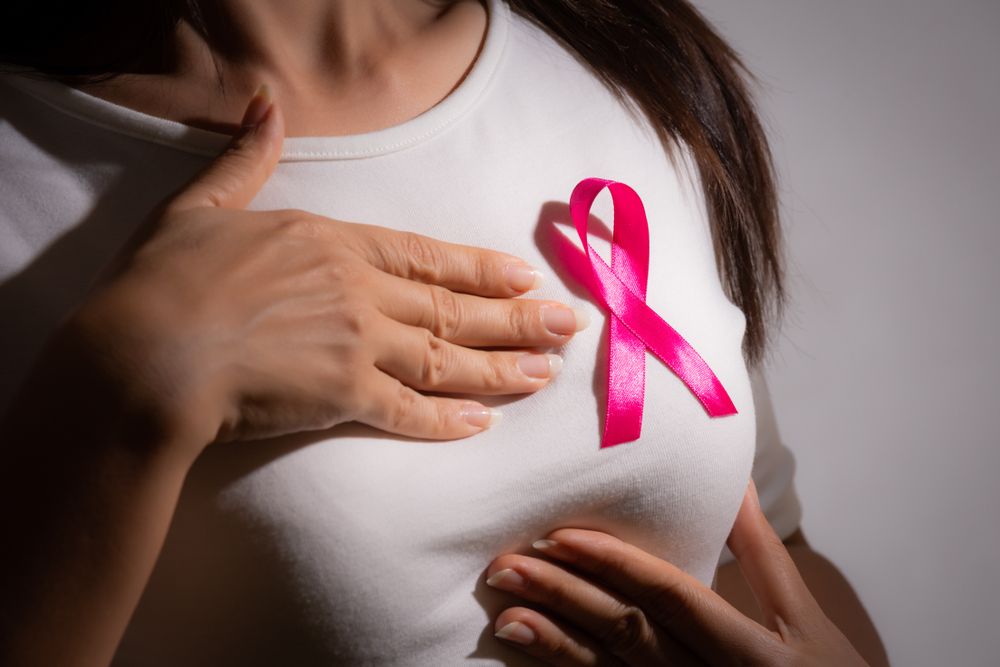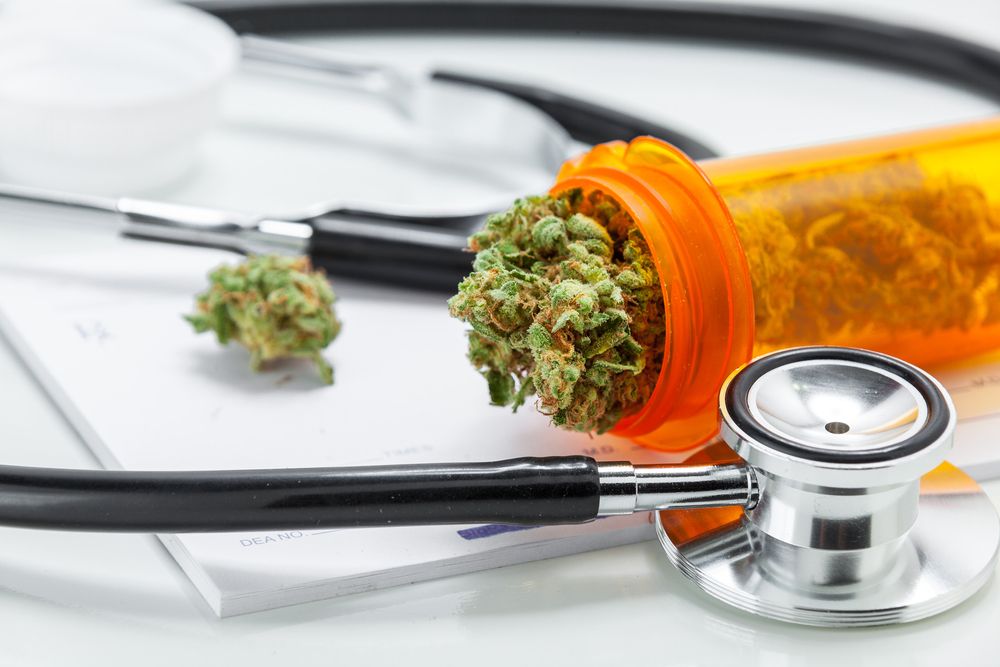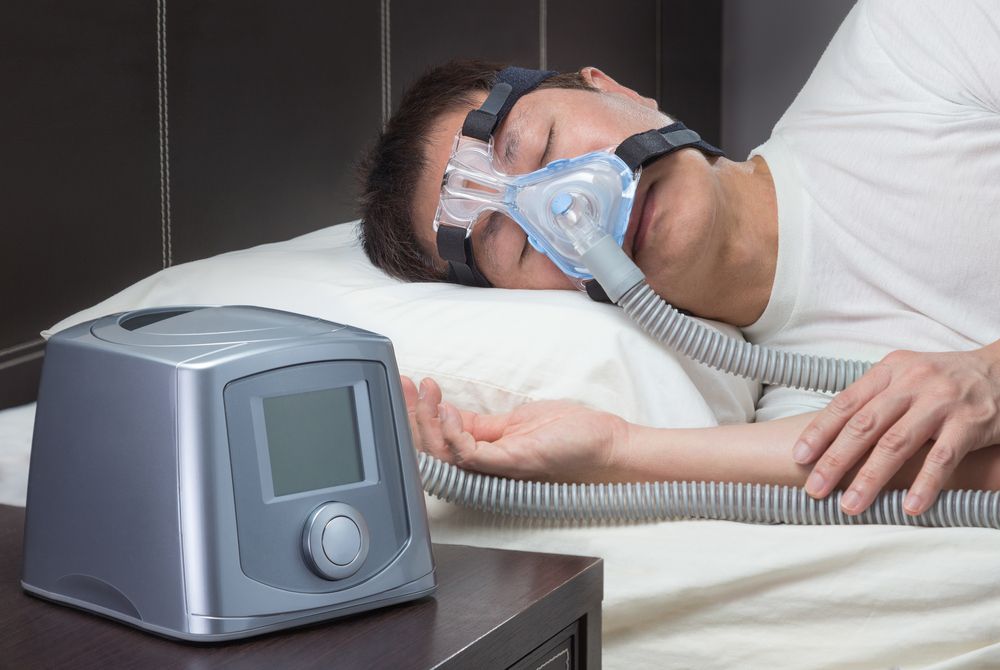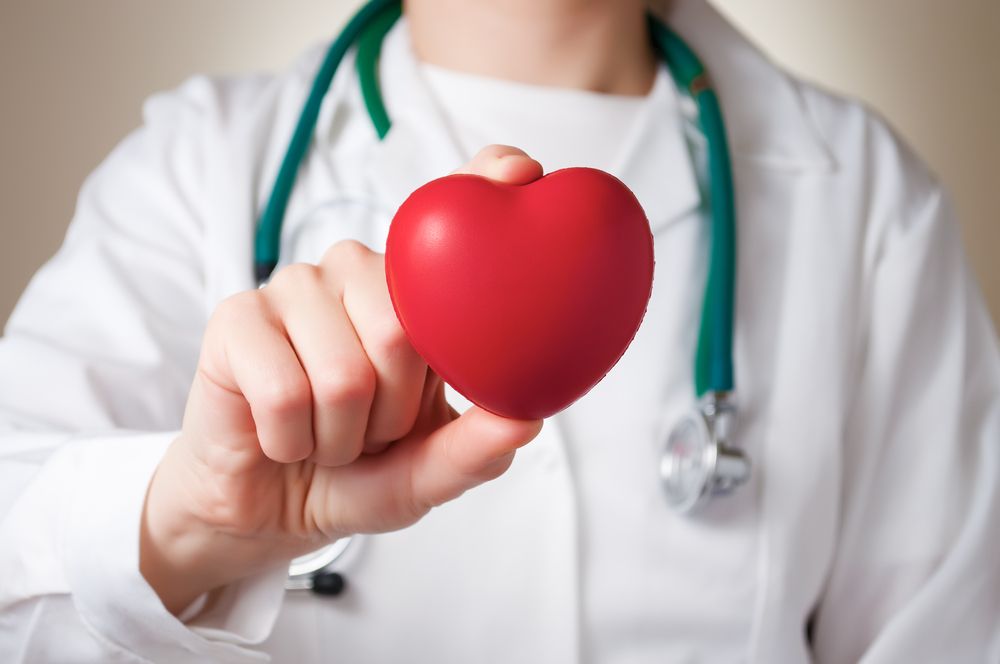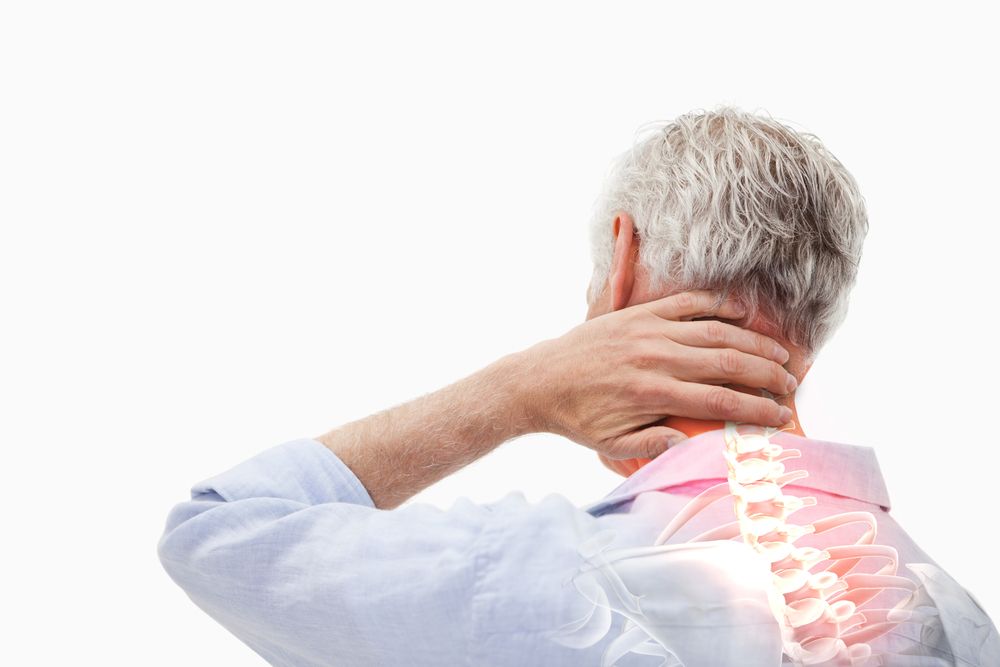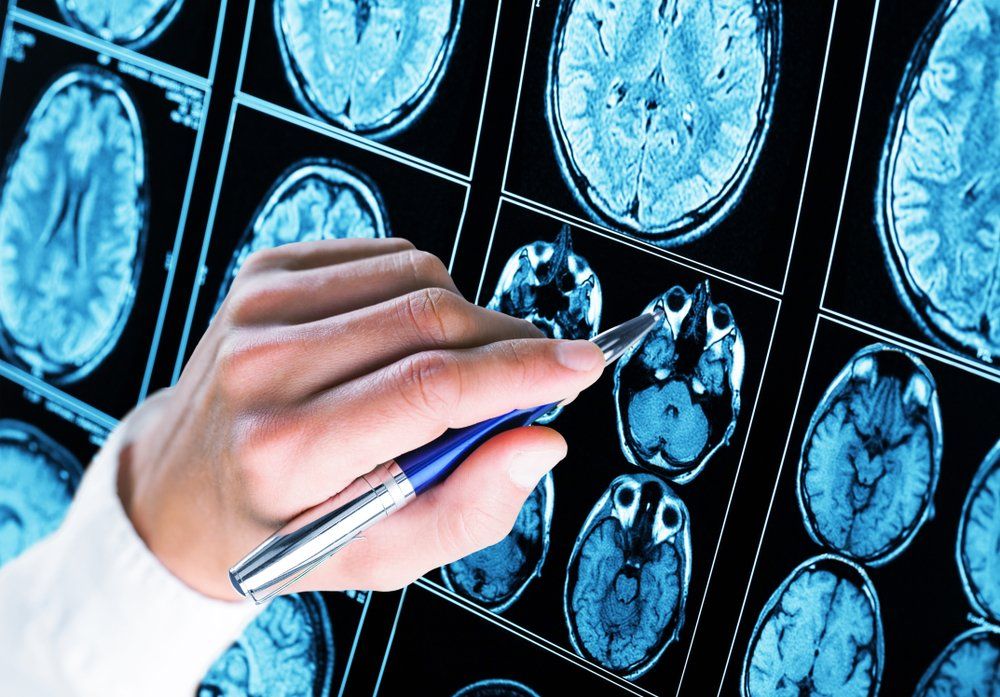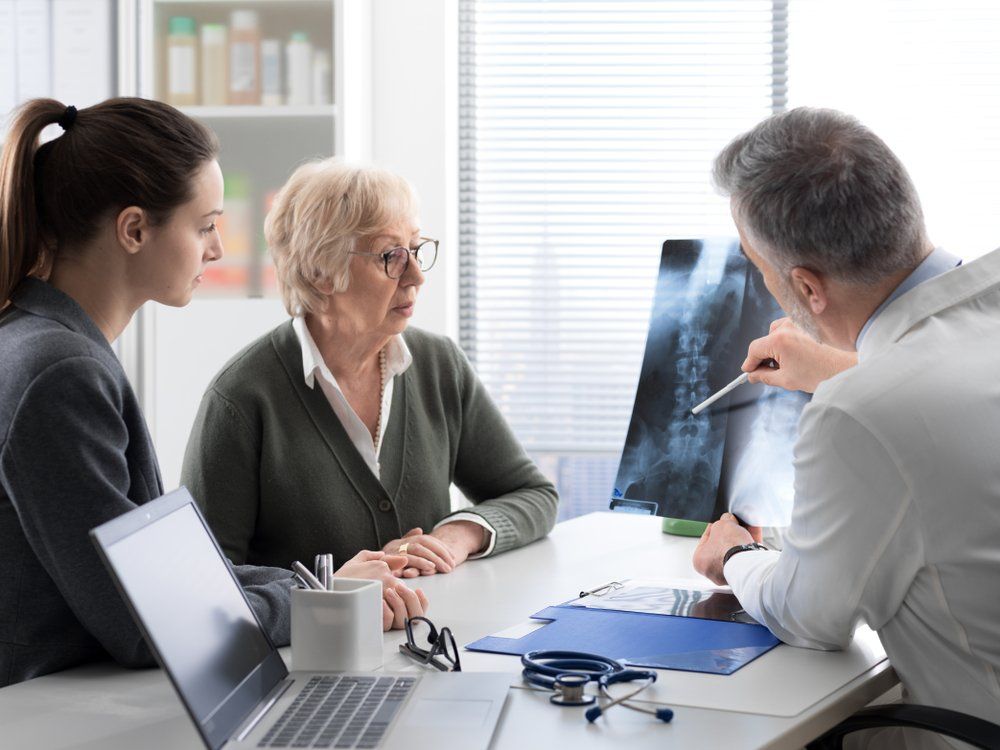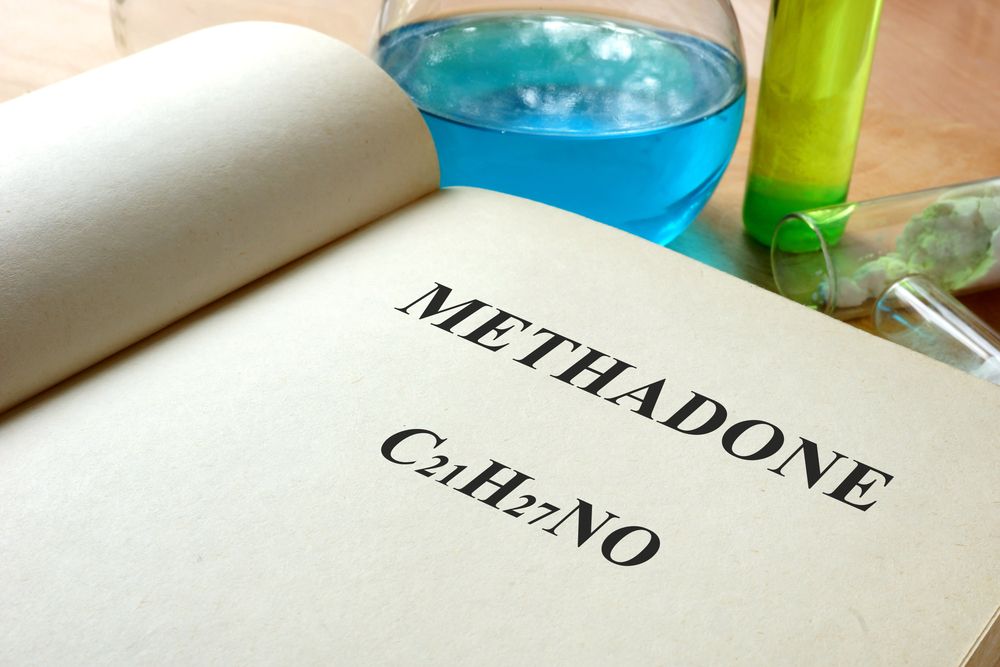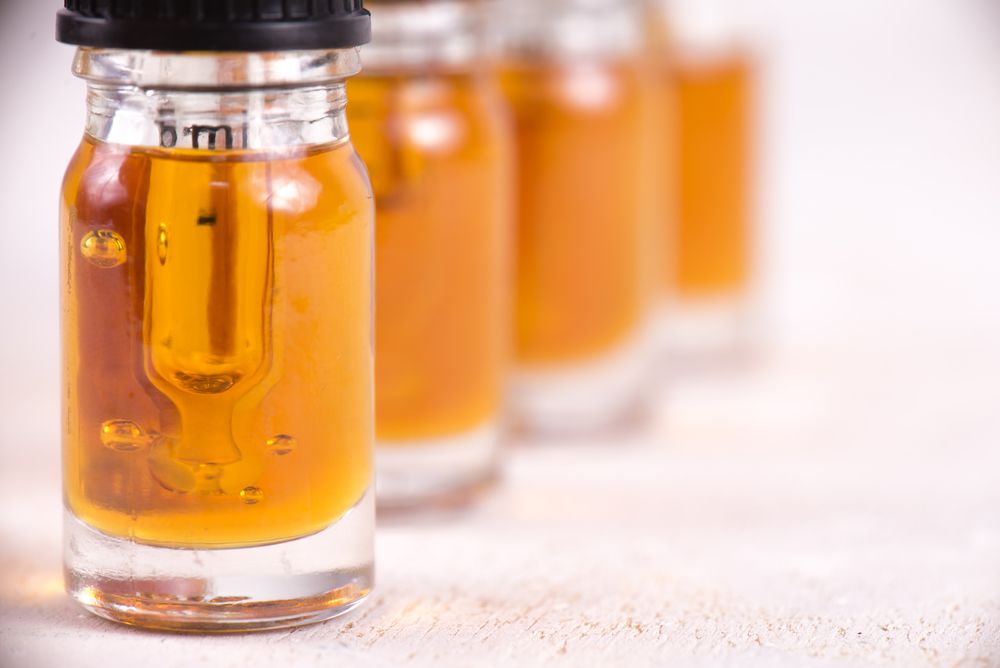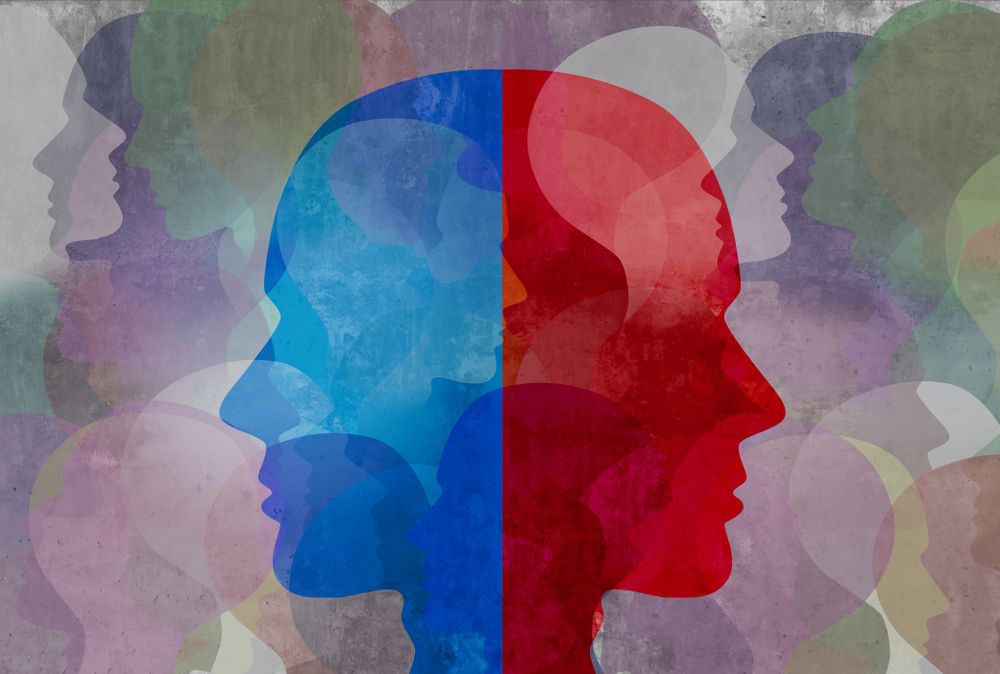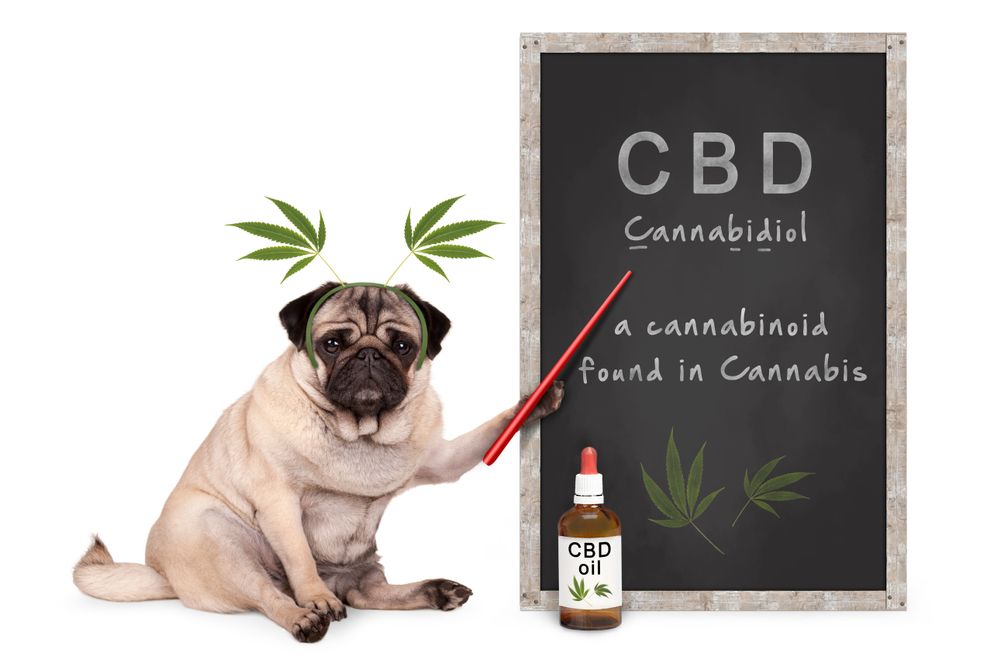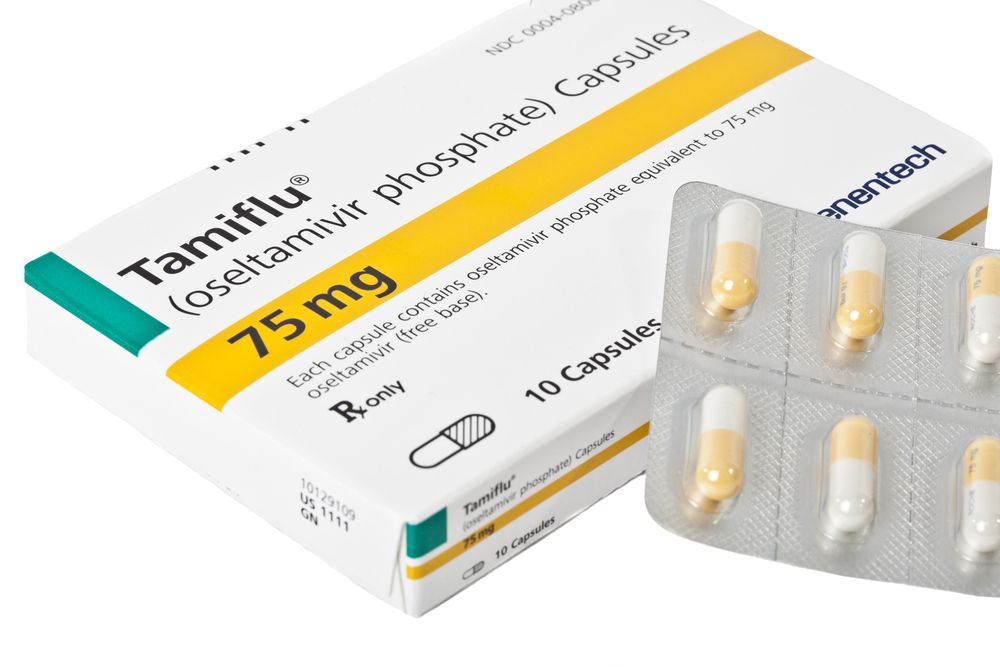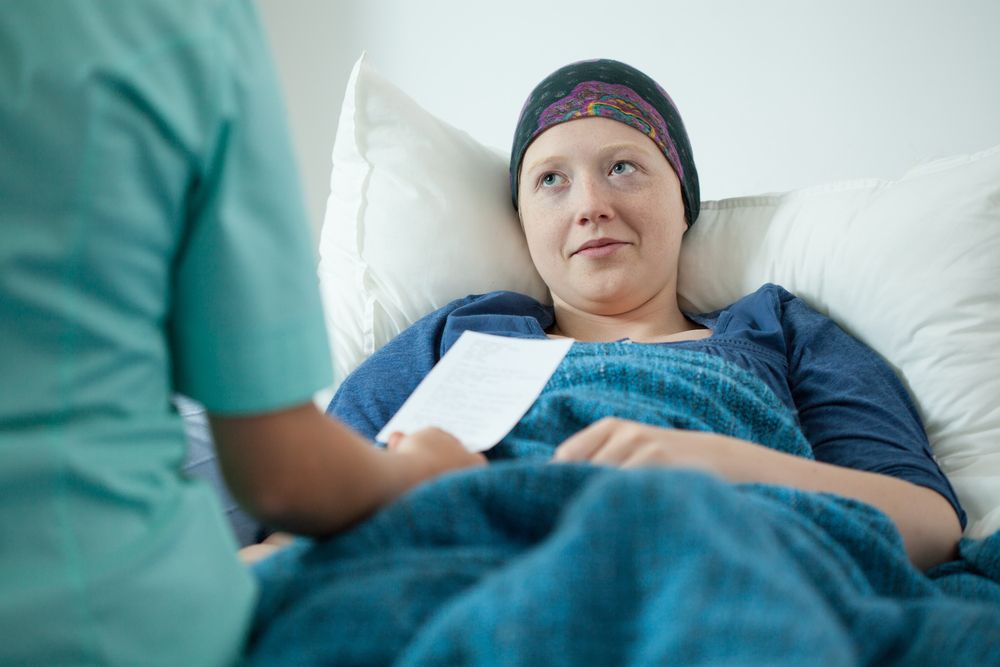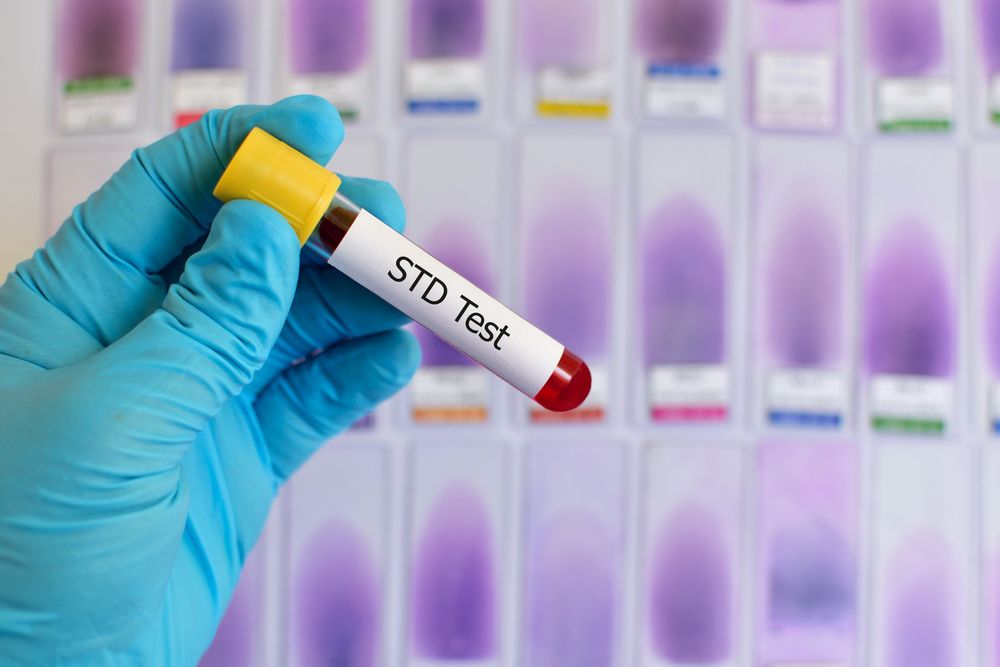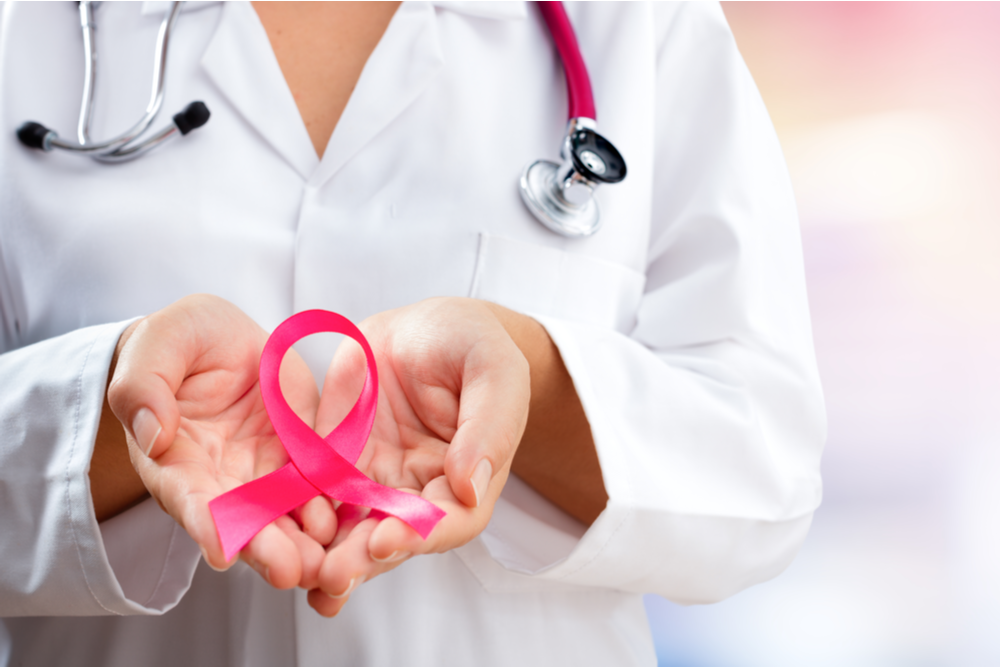Sexually transmitted diseases (STDs), sometimes called sexually transmitted infections (STIs)are diseases that are primarily transmitted sexually, although they can also be transmitted through other kinds of nonsexual contact.
There are many types of STDs/STIs, but some of the most common include HPV, chlamydia, and HIV/AIDS. (Learn More — STDs/STIs)
Human papillomavirus (HPV) is the most common STI that has no cure but is only rarely life-threatening. Generally, it only causes an infected person to develop warts occasionally, but people may show no symptoms at all. Sometimes, it can increase a person’s risk of cervical cancer. HPV’s symptoms may require surgery, but usually, medication (used as needed) will suffice. (Learn More — HPV)
Chlamydia is an STD that primarily causes pain in the genitals, painful urination, and unwanted discharge. While uncomfortable, it can be treated and cured with antibiotics. If you have chlamydia, alert partners, and do not have sex for about two weeks after you’re treated. This will prevent spreading the disease as well as reacquiring it from any partners who may have some left in their system. (Learn More — Chlamydia)
HIV, which can develop into AIDS if untreated, is a potentially life-threatening STD. In the past, HIV would always eventually progress to AIDS, which was terminal. Now, modern research and medicine allow us to dramatically slow HIV’s progression and also help people with AIDS control their symptoms. While these illnesses are still very serious, if you get treatment as soon as you are able, your chances of survival and independence are far higher than they once were. (Learn More — HIV/AIDS)
STDs/STIs
Sexually transmitted diseases (STDs) have been affecting people in some shape or form since about as long as we’ve been around. While cultural values wax and wane, for a long time, dangerous social stigma often stood in the way of people with these diseases getting the proper care and treatment they need.
Society seems to be slowly changing to accept STDs as just another important part of medical science that needs to be understood, avoided if possible, and properly treated as needed.
There are many STDs/STIs, with the major difference between the terms (which can be used interchangeably) being that STDs always manifest symptoms whereas STIs don’t necessarily (such as with HPV).
The term STI is increasingly used over STD, as it can remind people that some of these ailments can be spread even if you are free of symptoms. Keeping the public in this mindset can reduce the spread of infection, and remind us to get periodically checked even if our sexual contact has not had any immediately obvious consequences.
 These are a few of the most common infections people deal with:
These are a few of the most common infections people deal with:
- Human papillomavirus (HPV)
- Chlamydia
- HIV/AIDS
As a general rule, STDs/STIs are spread via sexual contact. This almost always means genital-to-genital or genital-to-mouth contact, but many diseases may also spread through other forms of contact, such as kissing. Some can be spread through unintentional exposure to an infected person’s bodily fluids, such as their blood. This is most often done accidentally through shared needles.
If you have an STI and become pregnant, ask your doctor if the infection could spread to your baby and the best course of action. Babies are often at risk of acquiring an STI through the natural birthing process.
HPV
HPV is the most common STD and generally not life-threatening. There are over 100 varieties of HPV, with over 79 million Americans infected with one kind or another.
Unfortunately, HPV has no known cure. It is often spread by people who do not even realize they have it, showing no symptoms or mild enough symptoms that they don’t realize the problem.
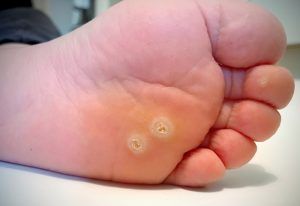 HPV can cause warts on various parts of the body, a symptom instigated by your immune system fighting the infection. Exactly what part is affected depends on what type of HPV you have, but you may develop warts on your genitals, anus, feet, and/or heels, face, or legs. Some people may get warts in different places on their bodies, while others may develop no symptoms at all.
HPV can cause warts on various parts of the body, a symptom instigated by your immune system fighting the infection. Exactly what part is affected depends on what type of HPV you have, but you may develop warts on your genitals, anus, feet, and/or heels, face, or legs. Some people may get warts in different places on their bodies, while others may develop no symptoms at all.
One of the most dangerous potential symptoms of HPV is the fact that it can sometimes cause precancerous cells to form on the cervix. This can progress to cancer if not discovered and treated in time.
HPV can be spread without showing symptoms, and you owe it to sexual partners to inform them that you have HPV. Safe sex can lower, but not completely eliminate, your chances of getting HPV.
The CDC recommends regularly getting the HPV vaccine for children ages 11 to 12, although children can begin vaccinations at 9. They can receive the vaccine until 26 years of age. This vaccine does not make you immune to all HPV strains, but it can help you resist some of the most dangerous ones. The vaccine is not linked to an increase in sexual activity.
Those suffering from warts have a few options to treat them. The warts generally go away on their own, but they sometimes require the help of a doctor or even surgery. Medication will often be enough, however.
Medications to treat genital warts include:
- Salicylic acid. This is an over-the-counter medication that slowly removes warts over time. It can cause skin irritation and should not be used on the face.
- Trichloroacetic acid. Available in many different concentrations, this acid can burn off warts on your genitals, the soles of your feet, or your palms. Be careful not to overuse it, as it can cause skin irritation.
- Imiquimod (Zyclara, Aldara). Only available by prescription, imiquimod is a cream that helps your immune system fight off HPV and can reduce warts. It may cause swelling and/or redness at the application site.
- Podofilox (Condylox). This is another prescription treatment. It comes in the form of a gel that can help to destroy wart tissue. Talk to your doctor to ensure proper and safe use, and as with all of these medications, only use it as prescribed. It has the potential to cause burning or itching at the application site.
Chlamydia
Chlamydia trachomatis is a fairly common STI that, like HPV, is often spread by people who do not even realize they have it due to showing no or only very mild symptoms. It is usually spread via oral, vaginal, or anal sex. It can also spread from a pregnant person to their child through birth.
Early-stage chlamydia tends to have few, if any, symptoms. As the infection progresses, you may experience the following symptoms:
- Painful urination
- Vaginal or penile discharge
- Painful sex for women
- Testicular pain for men
- Bleeding between periods and after sex
Chlamydia can potentially infect the rectum, sometimes causing rectal pain, bleeding, or discharge. In some cases, chlamydia can cause an eye infection (conjunctivitis) if your eye comes in contact with any infected secretions.
Chlamydia can be cured, usually with a one-time dose of antibiotics prescribed by your doctor. In some cases, you may need to take antibiotics over the course of 5 to 10 days. It can take up to two weeks for the infection to resolve, and you should not have sex during that time.
If you or a partner has chlamydia, make sure both of you talk to a doctor. Often, doctors will put a person who has had sexual contact with somebody with chlamydia on antibiotics, just to make sure they do not unintentionally spread the infection or develop symptoms later.
HIV/AIDS
Human immunodeficiency virus (HIV) is an STI that damages your immune system, which can cause several symptoms over time.
- Flu-like symptoms
- Fever
- Swollen lymph nodes
- Headache
- Muscle aches
- Sore throat
- Mouth sores
- Fatigue
- Diarrhea
- Weight loss
- Thrush
- Shingles
HIV develops in stages, with initial symptoms sometimes being so mild that they go unnoticed. It can then progress into a clinical latent infection or chronic HIV where symptoms may not appear at all or only manifest as swollen lymph nodes. Then they will resurge into symptomatic HIV, which can manifest as essentially any of the noted symptoms.
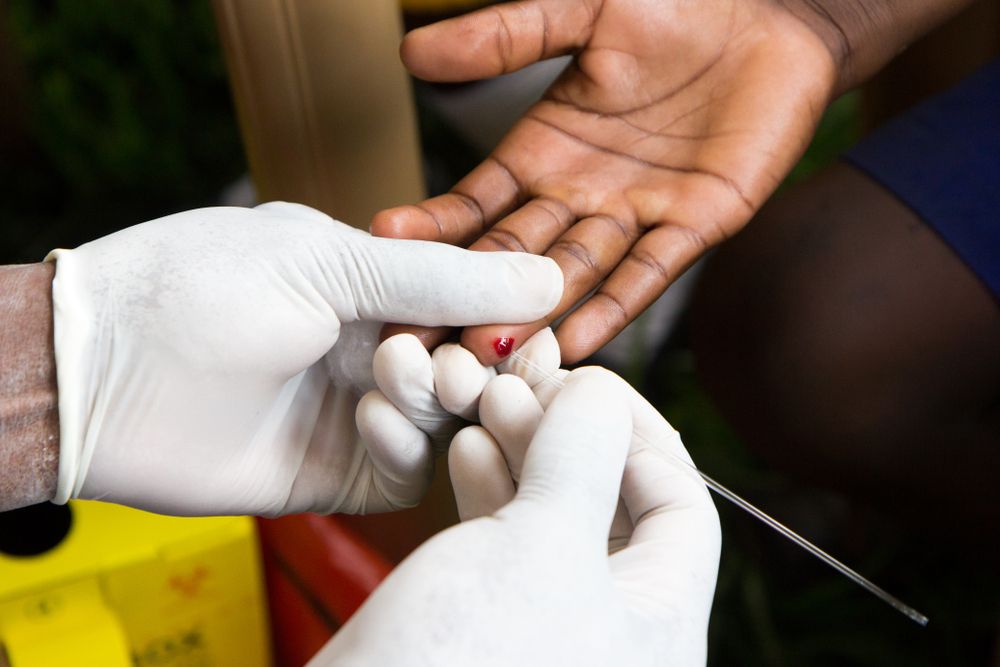
Untreated, HIV will turn into acquired immunodeficiency syndrome (AIDS), generally within 10 years. AIDS can be life-threatening, as people with AIDS have much weaker immune systems. Symptoms of AIDS include the following:
- Recurring fever
- Chronic diarrhea
- White spots or lesions in the mouth
- Persistent fatigue
- Rashes or bumps anywhere on the body
- Weight loss
- Night sweats
- Much greater risk of opportunistic infections or cancers
In the past, HIV and AIDS were more or less fatal. Today, modern medicine and a better understanding of both conditions allow people with HIV to often live almost completely full lives with their condition (often never developing AIDS). It also allows people with AIDS to live much longer and gain much better control of their symptoms.
HIV and AIDS are usually treated with what is called antiretroviral therapy or ART. ART uses a combination of three drugs from two of the following medication classes to tackle HIV/AIDS from multiple angles while preventing the creation of drug-resistant HIV strains:
- Non-nucleoside reverse transcriptase inhibitors (Sustiva, Intelence, Viramune): Non-nucleoside reverse transcriptase inhibitors (NNRTIs) work by turning off an essential protein that HIV needs to copy itself.
- Nucleoside or nucleotide reverse transcriptase inhibitors (Ziagen, Truvada, Combivir): Often just called NRTIs, these medications essentially work as faulty materials that “trick” HIV into using them to copy itself, thus interfering with the copying process. They have similar effects as NNRTIs, but they work in a different way.
- Protease inhibitors (Reyataz, Lexiva, Crixivan): These medications inhibit HIV protease, which is another key protein that HIV uses as a building block.
- Entry or fusion inhibitors (Fuzeon, Selzentry): One of HIV’s primary problem-causing mechanisms is its ability to enter your CD4 T cells and insert genetic material. Entry/fusion inhibitors work by preventing HIV from entering those cells.
- Integrase inhibitors (Isentress, Tivicay): Integrase inhibitors disable a protein called integrase, which HIV needs to insert the genetic material into your CD4 T cells as described above.
While informed consent is always important, this is especially true with HIV and AIDS. Never have sex with someone if you have either HIV or AIDS without alerting them to the risks first. You also should research your state’s laws around HIV, as some states may have unexpected limitations in place specifically related to HIV.
While the ethics behind some of these laws is debated, many states have laws that specifically criminalize behaviors that could spread HIV. Less controversial are the more common laws and interpretations of existing laws that make it illegal to knowingly spread HIV without first fully alerting a partner to the risks. These exist primarily because HIV can be life-threatening, and there is no known cure.
References
Chlamydia Trachomatis: Symptoms & Causes. (March 10, 2018). Mayo Foundation for Medical Education and Research (MFMER).
Chlamydia Trachomatis: Diagnosis & Treatment. (March 10, 2018). Mayo Foundation for Medical Education and Research (MFMER).
HPV Infection: Symptoms & Causes. (August 30, 2019). Mayo Foundation for Medical Education and Research (MFMER).
HPV Infection: Diagnosis & Treatment. (August 30, 2019). Mayo Foundation for Medical Education and Research (MFMER).
Genital HPV Infection – Fact Sheet. (August 20, 2019). CDC.
HIV/AIDS: Symptoms & Causes. (January 19, 2018). Mayo Foundation for Medical Education and Research (MFMER).
HIV/AIDS: Diagnosis & Treatment. (January 19, 2018). Mayo Foundation for Medical Education and Research (MFMER).
STD and STI – What’s the Difference? (January 8, 2019). Wolters Kluwer.
Which STD Tests Should I Get? (June 30, 2014). CDC.
HIV and STD Criminal Laws. CDC.


